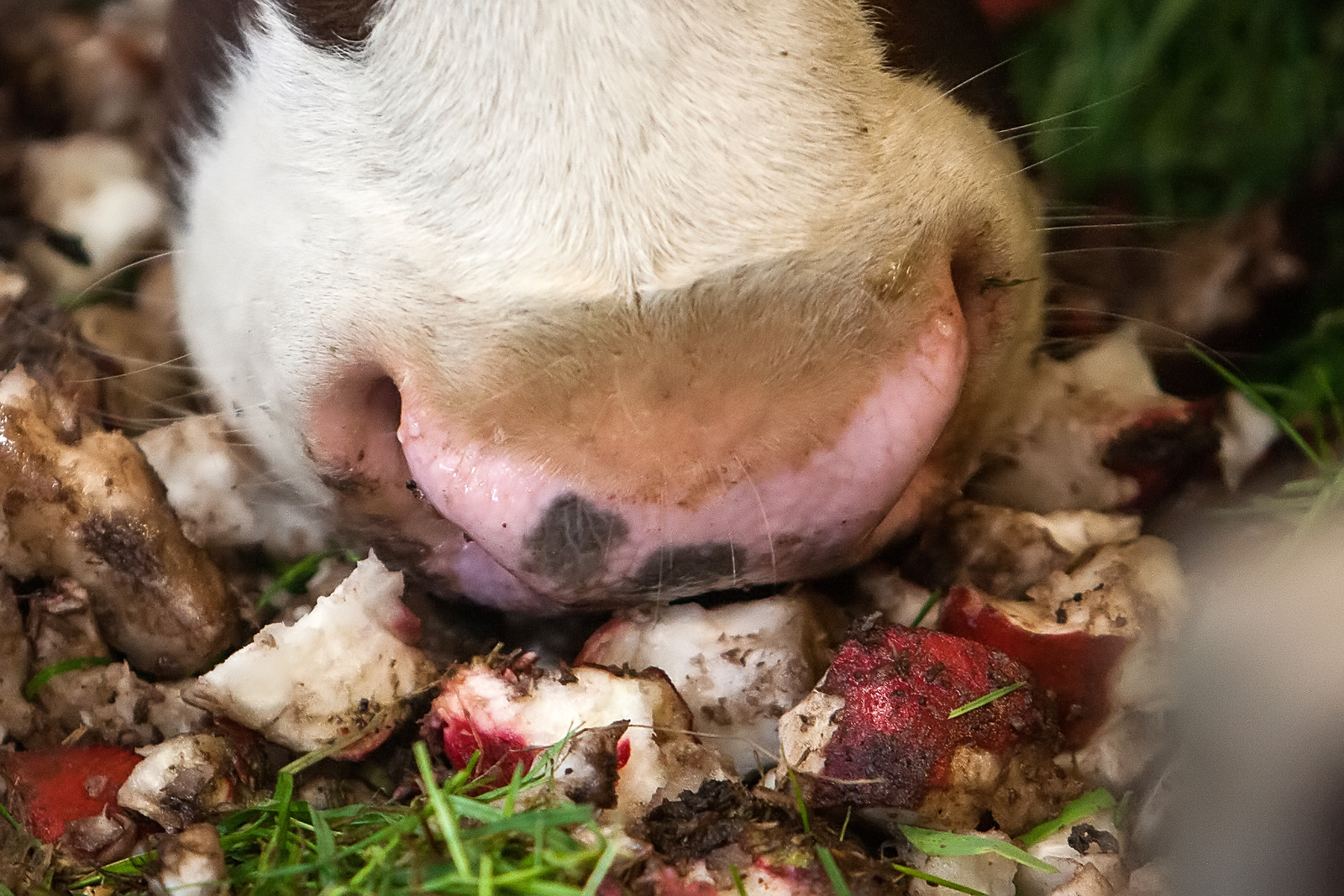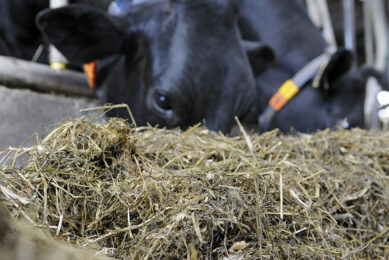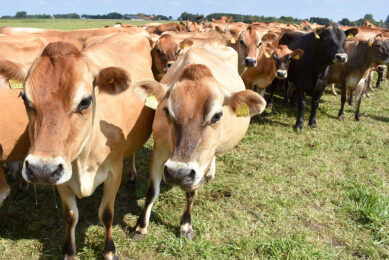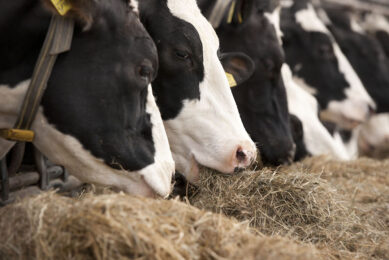Top 5 uncommon feed ingredients for livestock

Soy, grains, grass. These ingredients all sound very familiar. But what about pineapple residue, shredded newspapers, starfish, coniferous trees and Azolla? Do you want to feed these to livestock animals? All About Feed delved a bit deeper into these five unconventional feed ingredients.

Silage of pineapple residue
Feedipedia published a review on feeding pineapple residues to livestock. The residue is the non-edible part of a pineapple plant (about 70% of the total). But the pineapple fruit residue (PFR) contains high moisture (65–70%) and total sugar (>50%) making it susceptible to fungal growth and spoilage within 2 days. A study was undertaken at the National Institute of Animal Nutrition and Physiology (NIANP), Bangalore to improve the keeping quality of PFR through silage technology. This worked and after feeding the PFR silage to sheep for 75 days it did not lead to any adverse effects. The pineapple diet supported a daily growth rate of 140 g, and the overall performance was similar to maize green fodder silage based TMR fed group of sheep (Control). A study carried out with dairy cows fed PFR silage based TMR replacing conventional hybrid Napier green fodder for 90 days showed an improvement of daily milk yield by about 20% and fat content by 0.6 units. No evidence of metabolic or health related disorders were noticed indicating that PFR silage was effectively utilised by the livestock.

Shredded paper as roughage
In early 1960s, newsprints have first been used as a roughage substitute for ruminants. According to a review by Dr Salah H. Esmail (in print, All About Feed), newsprints are made originally from wooden materials which undergo a delignification process using chemical substances. These materials will, therefore, have chemical and physical characteristics similar to those of the chemically-treated roughages such as straws and other bulky feeds. The newsprints, however, may not be used as sole roughage in the diet, as may be the case with the other conventional roughages. Waste newsprints may be cut into small pieces of 1-2 square centimetres each, or may be shredded, ground or pulped. They are then mixed by a batch mixer. A study was conducted to compare feed intake, digestibility, and performance of beef cattle fed diets containing 8%, 16%, or 24% newsprints. Feed intake values were linearly reduced as the amount of the newsprints increased. Thus, the intake values (estimated as percentages of bodyweight) were 2.53%, 2.14%, and 1.65% with diets containing 8%, 16%, and 24%, respectively compared with an average intake of 2.73% with the control diet having conventional roughage.

A starfish on the pig’s menu?
And what about feeding starfish meal to pigs? Starfish consist of high quality protein due to the composition of indispensable amino acids. In theory, feeding pigs starfish meal therefore could lead to a reduction in nitrogen excretion and emission. Researcher Jan Værum Nørgaard, associate professor at Aarhus University, Denmark, told us that starfish were actually caught as late as during the 1980s, but this stopped due to mad cow disease (BSE). He says, “Now the project partners seem to be succeeding in changing the EU legislation to allow starfish in animal diets. We hope this will happen this year.”

Duckweed for ducks
In India, a study looked at the unconventional feed ingredient Azolla (duckweed) in the basal diet of White Pekin broilers. They tested it at an inclusion rate of 5% and 10%. During the experimental period, parameters, such as bodyweight, bodyweight gain, feed consumption, feed conversion ratio (FCR), and production, were recorded. The result showed that body weights in every week, except the 5th week, did not differ significantly between groups. However, no significant difference was observed between the groups in any week in terms of absolute body weight gain and feed consumption. As regard to FCR, the 10% Azolla group showed the best feed efficiency followed by the 5% Azolla group and the control group (G1). On the basis of profit/bird or profit/kg live weight, each of the Azolla-fed group showed a higher economic efficiency than the control.

Coniferous trees further processed
In Norway, a project has been set up called ‘trees to feed concept’. The idea behind this is that natural and widespread coniferous forests, notably Norwegian spruces across Norway, can be converted into yeast to be used as fishmeal replacement in aquafeed. But to create the yeast from coniferous trees, heavy technology based on thermo-chemical processes is needed to break down the tree fibres into the main constituents – lignin, cellulose and hemicellulose.











